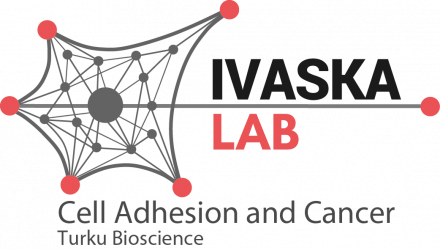Cell-derived matrices for studying cell proliferation and directional migration in a complex 3D microenvironment by Riina Kaukonen et al.
Nat Protoc. 2017 Nov;12(11):2376-2390. doi: 10.1038/nprot.2017.107. Epub 2017 Oct 19.
ABSTRACT
2D surfaces offer simple analysis of cells in culture, yet these often yield different cell morphologies and responses from those observed in vivo. Considerable effort has therefore been expended on the generation of more tissue-like environments for the study of cell behavior in vitro. Purified matrix proteins provide a 3D scaffold that better mimics the in vivo situation; however, these are far removed from the complex tissue composition seen in vivo. Cell-derived matrices (CDMs) offer a more physiologically relevant alternative for studying in vivo-like cell behavior in vitro. In the protocol described here, fibroblasts cultured on gelatin-coated surfaces are maintained in the presence of ascorbic acid to strengthen matrix deposition over 1-3 weeks. The resulting fibrillar CDMs are denuded of cells, and other cells are subsequently cultured on them, after which their behavior is monitored. We also demonstrate how to use CDMs as an in vivo-relevant reductionist model for studying tumor-stroma-induced changes in carcinoma cell proliferation and migration.
PMID:29048422 | DOI:10.1038/nprot.2017.107
